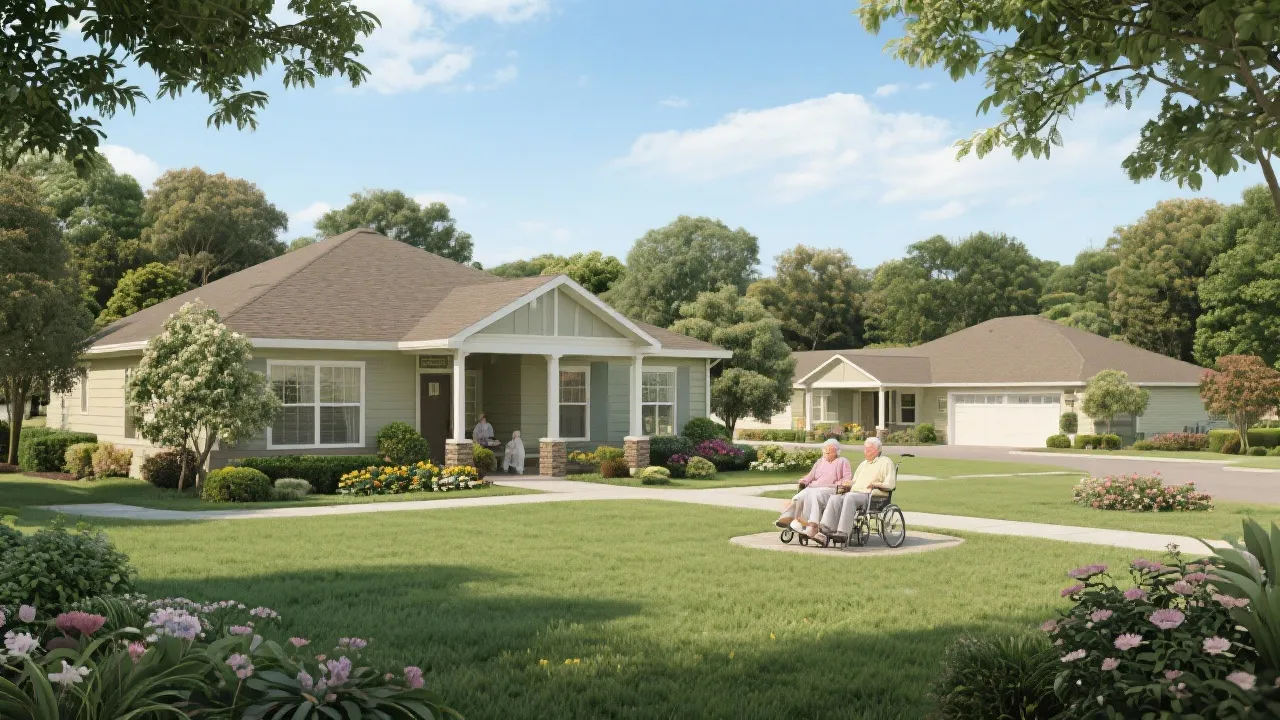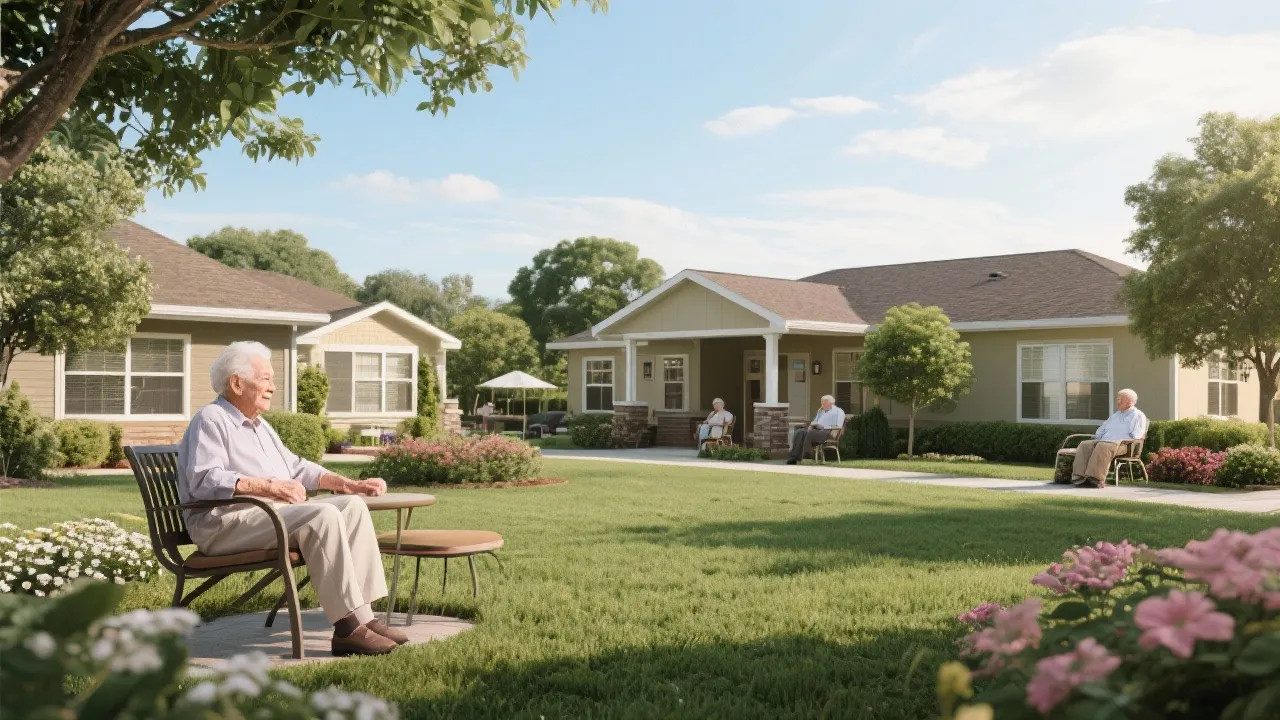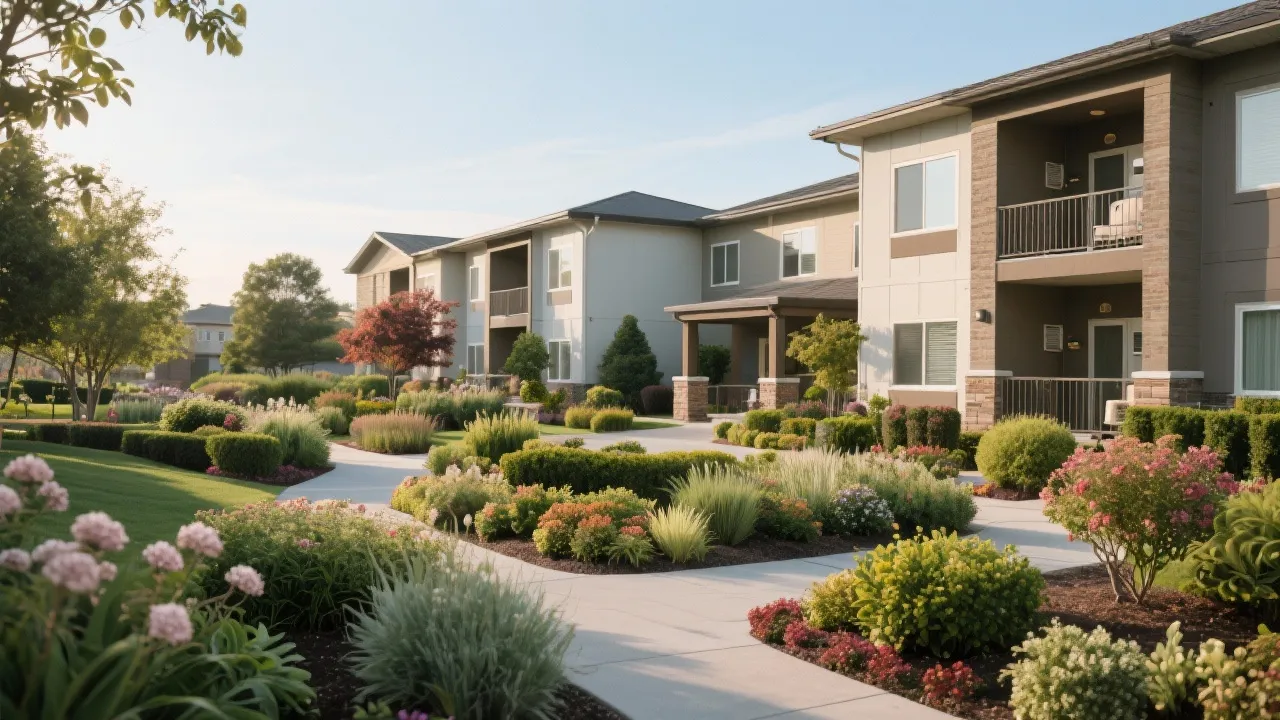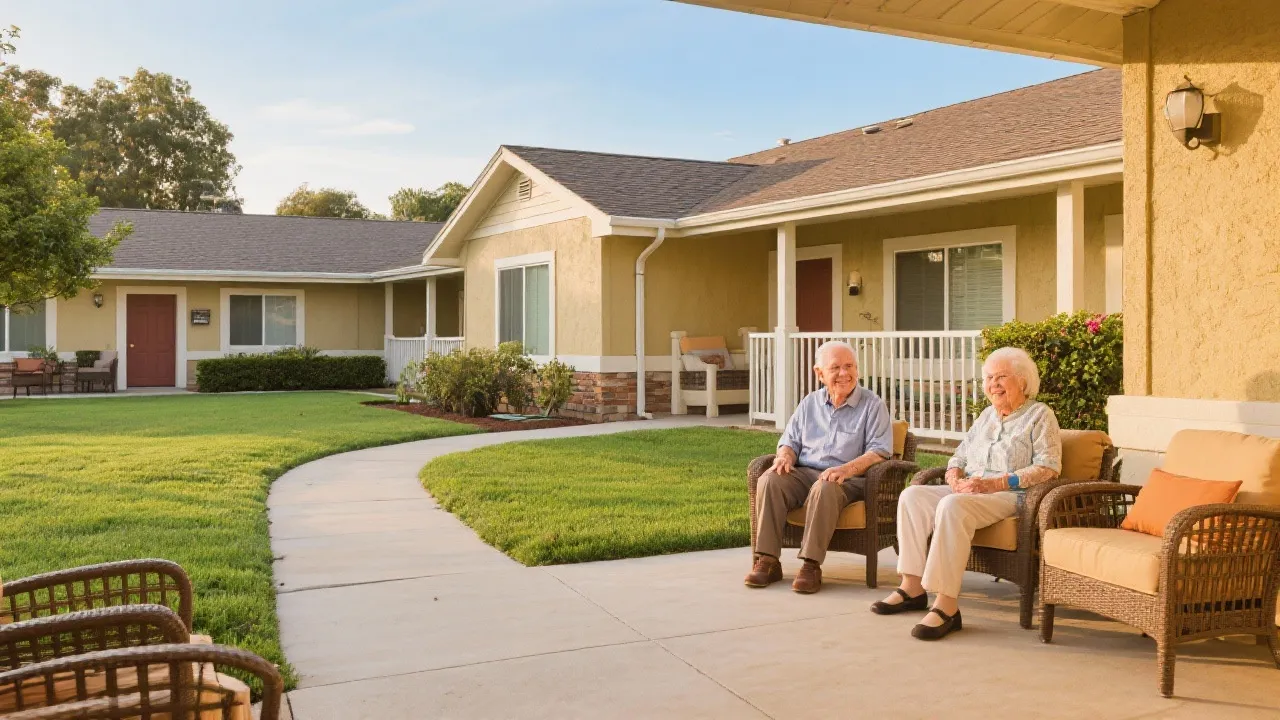Navigating Senior Independent Living
This guide delves into the intricacies of senior independent living, focusing on rental options nearby. The demand for such communities stems from a growing aging population seeking autonomy while benefiting from community living. In English-speaking regions, resources and guidance are plentiful, ensuring informed decisions about transitioning into senior accommodations. The landscape varies significantly, shaped by diverse cultural, economic, and legislative factors.

Understanding Senior Independent Living
The concept of senior independent living has gained significant traction as more individuals from the baby boomer generation reach retirement age. For those exploring options "nearby," the goal is to discover accommodations that support a lifestyle combining independence with community engagement. These communities typically offer rental homes or apartments, catering to individuals who are generally fit and self-sufficient, without the need for extensive medical care or continual supervision.
As the demand for senior independent living facilities increases, many service providers are working hard to ensure that these accommodations not only meet basic living needs but also enhance the overall quality of life for seniors. This transition of seniors from traditional homes to these communities is often driven by the desire for companionship, social activities, and a safety net of support services without compromising their autonomy.
Resources Available in English-speaking Countries
When considering senior independent living "nearby," resources such as the American Association of Retired Persons (AARP) provide comprehensive guidelines and resources. Their focus spans independent living choices, assisted living, memory care, and active adult communities for those over 55. AARP also offers insightful guides to assist in selecting the ideal senior living setup.
In addition to AARP, various organizations across English-speaking countries are dedicated to helping seniors find suitable living arrangements. This includes local councils, non-profit organizations, and even private enterprises that focus on senior advocacy and housing assistance.
With technology continuing to influence how individuals search for options, the internet serves as a vital tool for seniors and their families. Information about local communities, resident reviews, and expert opinions can now be accessed from the comfort of one's home. Senior living blogs and forums can provide additional perspectives that help in decision-making.
| Organization | What They Offer |
|---|---|
| AARP | Comprehensive resources on various senior living options and guides to making the top choice. |
| SeniorLiving.org | A directory of senior living communities, price information, and amenities of diverse care facilities. |
| National Senior Citizens Law Center (NSCLC) | Advocacy resources and information on independent and assisted living options for seniors. |
| SeniorAdvisor.com | Ratings and reviews of local senior living facilities based on resident feedback. |
| Local Aging Agencies | Support and resources for senior living choices and financial planning for retirement. |
Source: AARP, SeniorLiving.org, NSCLC
Exploring Low-Cost Senior Living Options
Finding affordable senior independent living "nearby" involves strategic planning and access to pertinent resources. In many English-speaking countries, different platforms offer extensive information on economical living arrangements:
One popular approach is reaching out to local housing authorities or senior services agencies. These organizations can often provide insights into subsidized housing or other types of assistance that make living arrangements more affordable. Additionally, they may have specialized programs aimed at helping seniors who are low-income or facing financial hardships.
Another strategy is to leverage the experience of family members and friends who may have dealt with similar situations. Their firsthand knowledge can save time and provide you with reliable insights into what to expect in different communities.
- Start by assessing your financial situation and how it aligns with renting criteria.
- Using directories such as those provided by SeniorLiving.org to compare pricing across regions.
- Explore online forums and community boards that discuss first-hand experiences and resident testimonials.
- Consider reaching out to real estate agents who specialize in senior housing for tailored assistance.
- Investigate government programs that offer grants or financial assistance tailored for seniors seeking independent living options.
Rental Cost Ranges in English-speaking Countries
Cost is a pivotal factor in deciding on the ideal facility. Here's a comparative overview of rental costs in various locales:
Each country has its unique challenges related to the affordability of senior living. For instance, in the United States, the expenses can vary drastically depending on the region; metropolitan areas typically demand higher rents due to the cost of living. Conversely, rural areas may present more financially viable options for independent living.
It's also important to consider additional costs that may not be included in standard rent, such as utilities, food expenses, transportation, and any community fees that provide access to shared amenities and services. Understanding these potential costs can help seniors budget more effectively and avoid surprises down the road.
| Country | City Type | Price Range |
|---|---|---|
| United States | Large Cities | Approximately $2,000 - $4,000 per month |
| United States | Smaller Cities | Approximately $1,000 - $2,000 per month |
| United Kingdom | Large Cities | Approximately £1,500 - £3,000 per month |
| United Kingdom | Smaller Cities | Approximately £800 - £1,500 per month |
| Australia | Large Cities | Approximately AUD 2,000 - AUD 3,500 per month |
| Australia | Smaller Cities | Approximately AUD 1,200 - AUD 2,000 per month |
| France | Paris | Approximately €1,200 - €2,500 per month |
| France | Other Cities | Approximately €600 - €1,200 per month |
This table reflects average prices; however, it is essential to conduct thorough research specific to your location as pricing can be highly variable based on the amenities and location of the community.
FAQs about Senior Independent Living
Q1: What are the primary benefits of senior independent living?
A1: Senior independent living offers an environment that balances independence with community feel, encouraging a vibrant social life alongside access to amenities without the hassle of property maintenance. Residents can enjoy a plethora of social activities, wellness programs, and recreational opportunities, which greatly enhance mental and emotional well-being.
Q2: How can I ensure that I choose the right community?
A2: Visit different communities to experience them firsthand, engage with current residents, and consult with your family. Also, explore online resources such as those provided by AARP for detailed guidance. A checklist can be beneficial, allowing you to evaluate factors such as location, amenities, activities offered, and overall ambiance that aligns with your lifestyle preferences.
Q3: Are there financial assistance programs for senior living?
A3: Yes, several programs and services at both state and federal levels offer financial guidance and support for seniors seeking affordable living options. Some states have programs that specifically tailor to low-income seniors or those with special needs, ensuring they receive necessary grants or assistance to help them maintain an independent lifestyle while keeping costs manageable.
Q4: Can seniors retain their pets in independent living facilities?
A4: Many independent living communities are pet-friendly, allowing seniors to keep their beloved pets with them. Policies can differ greatly, so it’s essential to inquire about specific restrictions, pet fees, or any special agreements that may need to be established prior to moving in.
Q5: What's the best way to prepare for a move to independent living?
A5: Preparing for a move involves both emotional and practical aspects. Start by decluttering and deciding what items you truly need, which can be particularly challenging yet necessary. Additionally, creating an inventory and working on a layout for your new space can help visualize how your belongings will fit in your new home. This preparation can also be an opportunity to embrace the change by considering new decor styles or ways to personalize your new living space.
Conclusion
Finding the ideal 'senior independent living near me' involves thorough research and an understanding of available resources. With platforms like AARP and SeniorLiving.org, you can better navigate the diverse options and make informed decisions that align with your lifestyle and financial capacities. Whether you are seeking vibrant social interactions or peace and tranquility, the right community is out there waiting for you—and the journey toward finding it can lead not just to a new residence but a renewed sense of purpose and belonging.
This document is a guide based on available online resources as of October 2023. For further detailed and updated information, please refer to the official websites mentioned throughout the article.
Reference Links:
As society continues to evolve, so do the needs of senior citizens. Choosing the right community and understanding the options available ensures that each individual can navigate this transition into their golden years effectively. By leveraging resources, working closely with family, and embracing support systems, seniors can truly enhance their quality of life while enjoying the independence they cherish.









